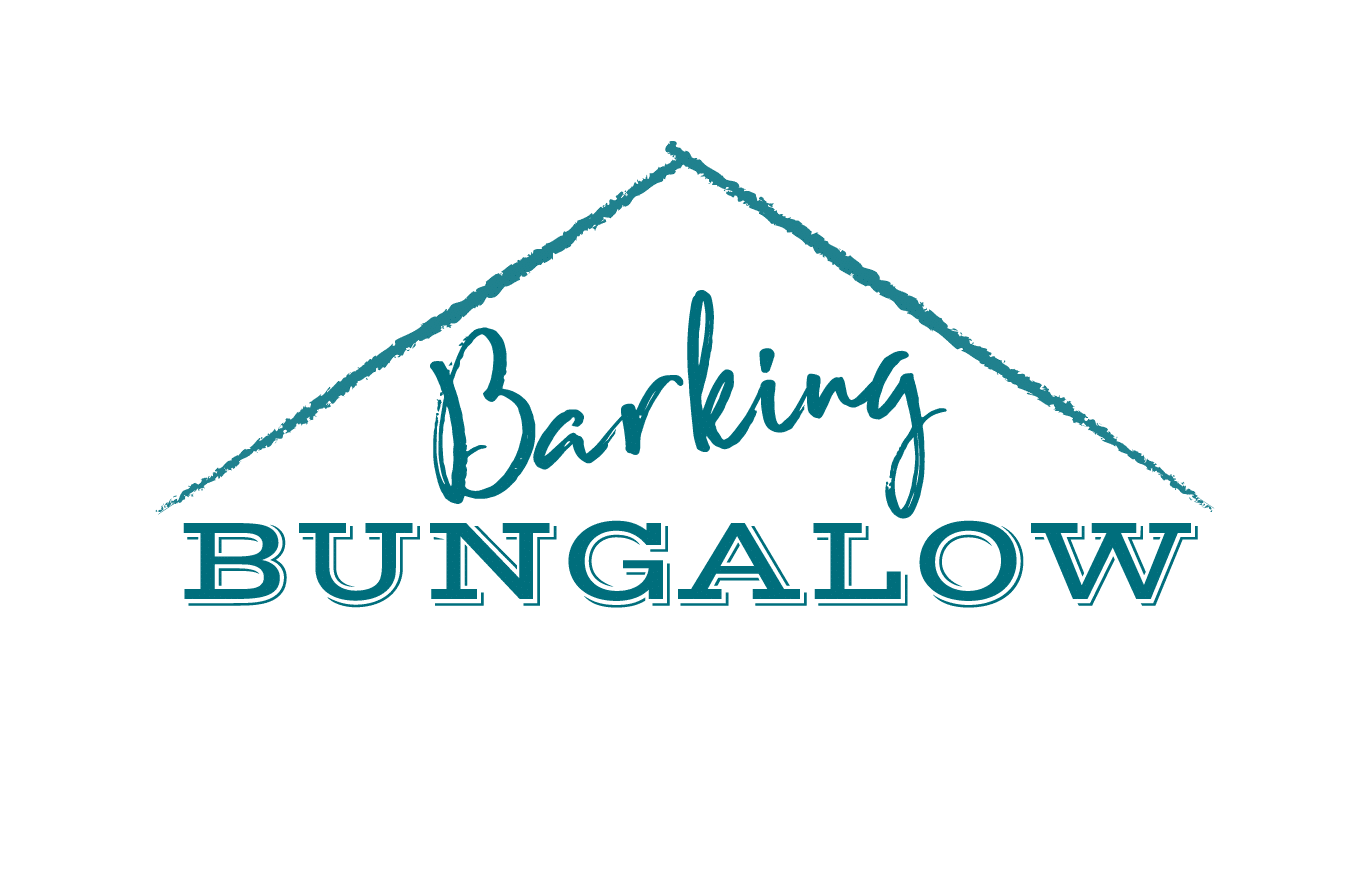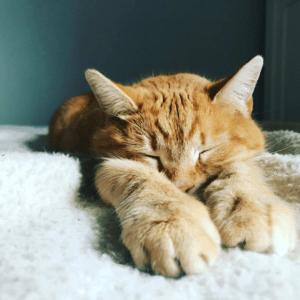Pet-Friendly Landscaping with Native Plants
We all want a backyard oasis where you can kick back by yourself or with friends, but It’s hard to relax when you are staring at the after-effects of your dog’s landscaping techniques. Just like the inside of our homes, creating a space where your fur-kids can play that is also a relaxing space for your family and friends requires some strategy. Here are some solutions for pet-friendly landscaping.
Thanks to the genius landscaping design by Marianne Wilson, our neighbors Meg and Evan used pet-friendly strategies to create a backyard oasis for both people and pets. Their fire pit is the place where many of our neighbors regularly gather. They created a sanctuary where we can all relax and hang-out with their two adorable pups Filbert and Riley. Not only is it pet-friendly, but they made it a priority to use as many native plants as possible, and it’s even a certified wildlife habitat.
Riley Filbert
Seven Pet-Friendly Landscaping Strategies
A Case For Native Plants
Plants thrive in their native habitat. They have already adapted to the soil and climate, so they don’t need additonal chemicals to grow and their water needs are easily met. Since they don’t have to fight the elements of growing in a non-native environment, they have a little more energy and strength to stand up to your pet’s goings-on. Native Plants will differ depending on your location. The ones included below are specific to East Tennessee, but you can apply the same strategy with native plants from your area.
The National Wildlife Association has a free Native Plant Finder Tool where you can enter your zip code, and it will provide the native grass, shrubs, flowers, and trees for your specific area. Make sure you avoid any plants that may be toxic to your pets. You can cross-reference your selection with the ASPCA’s list of toxic and non-toxic plants.
Meg and Evan created a pollinator garden with Columbine, Milkweed, and Coneflowers, providing food for bees and butterflies. It’s one part of the Wildlife Habitat certification. You can get more information on how to create a wildlife habitat in your yard and get certified here. It takes just a couple of easy changes to make a large impact on restoring the resources for our wildlife
Ruff and Tumble Grass
Dogs are tough on fescue and other standard lawns grasses. The combination of the high traffic and doggie biz creates a mess of yellow spots, worn areas, and muddy pits. Meg and Evan decided to remove the remainder of their lawn and replace it with Mini Mondo Grass or Dwarf Liriope. It took a serious effort on the front end, but it’s sturdier, and it doesn’t require maintenance like regular grass. Instead of spending the weekend mowing the lawn, you could be hanging out with your pups. They ordered 2,500 individual plants from Etsy and methodically planted them across their yard. It will eventually fill in to create a 100% ground coverage. Even in the early stages, it looks great and holds up to the traffic of two large dogs.
Mini Mondo Grass or Dwarf Liriope Riley resting in the Dwarf Liriope
Hypertufa
Another strategy was to create rock features and planters with hypertufa, a lightweight substitute for natural tufa. It’s easy to make. Meg and Evan used it to create this porous faux rock surface where they grow Sedum and Flox. Evan got a little fancy and carved it to look like natural stratigraphy, which makes for a stunning landscape feature near the fire pit.
You don’t need to be a sculptor to make landscaping elements with hypertufa. Basic pots are easy to make even if you have zippy DIY skills. You can create planters large enough to block the dogs from wandering in certain areas of the yard or smaller planters for flowers more vulnerable to pet traffic. It’s much more affordable than buying a bunch of planters.
Hypertufa Recipe
1 part Portland Cement
1 part Peet Moss
1 part Perlite or Vermiculite
1 part water
Instructions
Mix dry ingredients. Wearing gloves, slowly add the water while mixing it in with your hands. Use a bucket to create the mold. Spray the inside of a bucket with cooking spray before adding the wet material. Then use a smaller bucket coated in cooking spray to form the inside of the planter. Wait a couple of days to let it dry, remove buckets and use a wire brush to create your preferred look.
There are a zillion videos on YouTube. I found this video to be straight to the point.
Get Plants Larger Than Your Dog
It’s hard to keep the dogs from destroying plants and shrubs. Their landscaper Marianne Wilson planted shrubs that were larger than the dogs so the pups meander around it rather than running right over it. They created a dense area with large shrubs like Oak Leaf Hydrangeas that the dogs use for a little privacy when they need to do their biz. It’s easy to pick up and manage. I have seen people create gravel pits as designated dog doo areas, but this option looks like a much prettier little grove of flowering shrubs.
.
Human Only Garden Access
Many pet owners don’t even try with the above-ground garden. It can be impossible to keep the dogs from eating the plants or taking a destructive nap in the middle of your tomato plants. Meg and Evan cooked up this smart fence around theirs. It keeps the dog away, but one section slides out, so they have access to their vegetables.
The Firepit
This fire pit is extra, to say the least. I have had many festive beverages around this firepit, plus s’mores, and gourmet pizza. They leveled the ground, put down pavers, and made this gorgeous firepit with a cement mold. It’s high enough that it keeps both humans and pets safe while the fire is burning. This is more of an advanced DIY project but you can also purchase a firepit. Just make sure the sides are high enough to keep pets safe.
Unique Features
The stepping stones for the walking paths were created from collected materials from the neighborhood. The historic homes behind our houses were demolished to build a highway in the ’60s. Evan salvaged materials left over from the demo of those old homes and gathered countertop remnants from a recent renovation to create these unique garden path.
Evan also built this handcrafted fence, which keeps the dogs safely inside the backyard but also creates a beautiful focal point for the space. They added the trellis they used as the altar in their wedding to surround the gate entrance and planted Coral Honeysuckle to climb the sides.
Having a pet-friendly backyard is attainable. While Meg and Evan have added some unique handcrafted elements to their yard that makes it truly special, the basics are easy.
If grass doesn’t work for your pets, look for a sturdier ground cover. Look for native plants from your area that can stand up against the traffic of your pets. Salvage materials that you already have and use pieces that are meaningful to your family to create features around the yard.
And since we are all animal lovers, look into making a few small changes like adding a birdbath or using compost to create safe habitats for our non-domestic wildlife.
To receive more tips on how to create pet-friendly spaces, drop your email below and join the pack!
Check out our other post for more pet-freindly ideas.




















